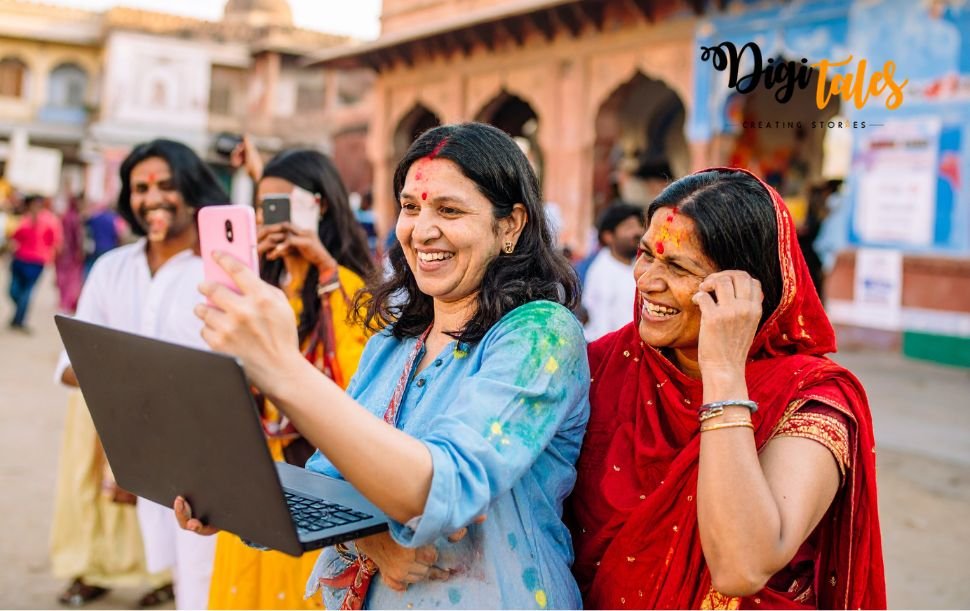
5 Habits for Successful Social Media Managers in 2020
The social media landscape is changing so rapidly, and over time, it’s getting harder and harder to build an effective, engaged digital community, even in our hyper-connected world.
Three billion people – around 40% of the world’s population – now use social media, spending an average of two hours every day sharing, liking, tweeting and updating on these platforms. As an example of the true scope of that activity, there are currently around half a million tweets and Snapchat photos shared every minute.
And not only are social media usage rates showing no sign of slowing down, but it’s also now evolving so quickly that the tactics of yesteryear, even yesterday, are rapidly becoming obsolete.
Given this, there’s a lot on the plate of the modern social media manager – and amid these shifts, we’re also seeing higher rates of burnout and stress due to the expectation of constant connection, ongoing analysis, strategic revision, etc.
It’s worth taking a step back for a moment to consider how you can best manage each aspect. To help you get focused, and keep you healthy, in 2020, I recommend adopting these five habits:
1. Focus on building a community, not just an audience
Social media isn’t just about grabbing attention and growing an audience. It’s also about building an engaged online community.
As social media managers, we have to know inside and out who we want in our communities, and what they want to hear from us. This is often why social media content falls flat – it lacks purpose and reason, and connection to its target audience. Basically, it’s just promotion, traditional ad and marketing collateral in a new format.
Now, you may say ‘well, we want to engage everyone, everyone with a pulse needs to be a part of our online community’.
Let’s get real for a second. Your mission and your message is not going to resonate with every single person. If you’re a small business or nonprofit organization dealing with a niche issue or a local problem, you have to face the fact that your online community will be a lot smaller than a national organization.
My best advice is to nail down who your choir is – and preach to it. If the choir is singing together in harmony, they’ll bring others in and share your gospel. Leverage your current community members to bring others into the fold.
Every day, go into your communities (let’s stop calling them platforms) and see what’s working. Answer comments and questions, be present and don’t over automate. Always be learning about your community and what they’re most interested in, what moves them, what drives them, what inspires them.
Create content just for them and more will follow from there.
2. Set a timer
How much time do you have to spend on social media? Is this 100% of your job, or just 10%? The best way to determine how much time social media management is going to take is to clarify how much time you have to devote to it.
The truth is that getting results on social media is much like getting results out of an exercise plan – consistency and intention are key. If you have thirty minutes a day to get a quick walk in, that’s better than sitting at your desk all day, every day and getting zero activity. If you can fit an hour walk in once per week, your results will be even better.
The same goes for social media – no matter if you have all day, or just an hour a day, to focus on social media, you need to create a time management plan to avoid spinning your wheels and wasting time (which can be so easy to do on platforms that are designed to grab your attention and keep you clicking).
I recommend the popular Pomodoro Technique, where you set a kitchen timer (it doesn’t have to be a tomato timer) for 25 minutes. If you aren’t constantly monitoring your social media accounts, using the Pomodoro Technique at the beginning of the workday will help you focus, and ensure that you’ve addressed all the relevant messages and notifications that came in overnight.
Remember that effective social media management is not just posting and promoting your own stuff and then leaving. The real work that gets results is the most time-consuming – it’s interacting, building connections, exploring topics, creating content, and tweaking, analyzing, improving.
Once your 25 minutes is up, and the timer dings, you’re done, no matter what you did or didn’t accomplish. You can then set it again at the end of the day, or in the middle of the day. It all depends on how many channels you manage, and what else you have going on.
Social media management takes discipline and practice, but a time-based strategy like this can be a great way for social media managers to manage their various competing responsibilities.
3. Take mental health breaks
As noted in the introduction, mental health stress on social media managers is a real thing, and the ramifications are just beginning to be properly studied and understood.
The “always-on” mentality dominates pretty much every industry right now, but it’s especially true with social media. But consistent use of social media can be detrimental to our mental health, so taking a step back every now and again is essential, even if it doesn’t seem like an option because there’s just too much to do.
This may mean turning off social media notifications when you leave the office. If you absolutely need to respond to something, set aside 10-15 minutes of dedicated time after work to go into each platform, then shut it down for the night.
It’s also important to take digital detoxes and vacations – pausing for a moment to come up for air and give your eyes a break from the screen.
For further reference, here are some great mental health podcasts to listen to:
- Holding Space with Dr Cassidy Freitas aims to demystify mental health and therapy, and make it more accessible through storytelling.
- Jen Gotch is Okay…Sometimes is a mental health podcast from the founder of Ban.do, chronicling her journey with bipolar and anxiety.
- Selfie is a self-care podcast hosted by a psychotherapist and a lifestyle blogger, exploring important themes like sleep, healthy eating, and balancing the body, mind, and spirit.
4. Just say no to perfectionism
Your content is never going to be perfect, and your social media ‘To Do’ list will never be fully complete. In many cases, we have to be ok with ‘done and imperfect’, as it’s better than simply not done at all.
Now, by this, I’m not advocating lazy mistakes or letting awful content or automation to take over. But you shouldn’t be spending hours designing and tweaking one single Instagram post, or whiling away the days editing a smartphone video that’s going to be 30 seconds long.
Attention to detail is great, but perfectionism can be a killer. Get that post up. Edit it later if you find a drastic mistake.
Test, see what’s working, then do more of that.
5. Advocate for yourself
Every job has its busy periods, but constantly feeling like you’re struggling to keep your head above water is not okay. Social media managers are often also expected to be marketers, creators, analysts and customer service people. It’s no surprise, in the end, that so many of us end up stressed out.
If you are a team of one and your work responsibilities amount to three full-time jobs, you have to be honest with your superiors and managers in letting them know that this is not sustainable. Conduct a detailed inventory of your time, listing out as many tasks as possible, and how long it takes to accomplish them. Don’t be afraid to advocate for your work.
Conclusion
The social media landscape is busy, noisy, and overcrowded with a wide range of content types. Sometimes, people can be not-so-nice, sometimes the work feels thankless. Sometimes, it feels like you’re doing it all alone.
In 2020, ensure you consider your own mental state, and the capacity and scope of the work you’re taking on. Being constantly connected can feel addictive, involving – but if you’re having to overlook other elements, like spending time with your family, in order to keep an eye on your mentions, that can have significant negative impacts.
Take a step back, and assess your workload and habits, as you head into the new year.
Read more in detail: Here











